High Protein And Low Fats For A Healthy Diet
With the increased popularity of high protein, low-fat diets it is important to be aware of what nutrients are needed for optimum health. Because there are so many different types of diets today, which include everything from low carb to vegan to Weight Watchers, it is important that you find out what works for you and your body type.
Furthermore, these days it’s not just about being skinny but being healthy as well, so having a diet that not only makes you look good but feel good too!
Let’s take a look at foods that are high in protein and low in fat.
Greek Yogurt
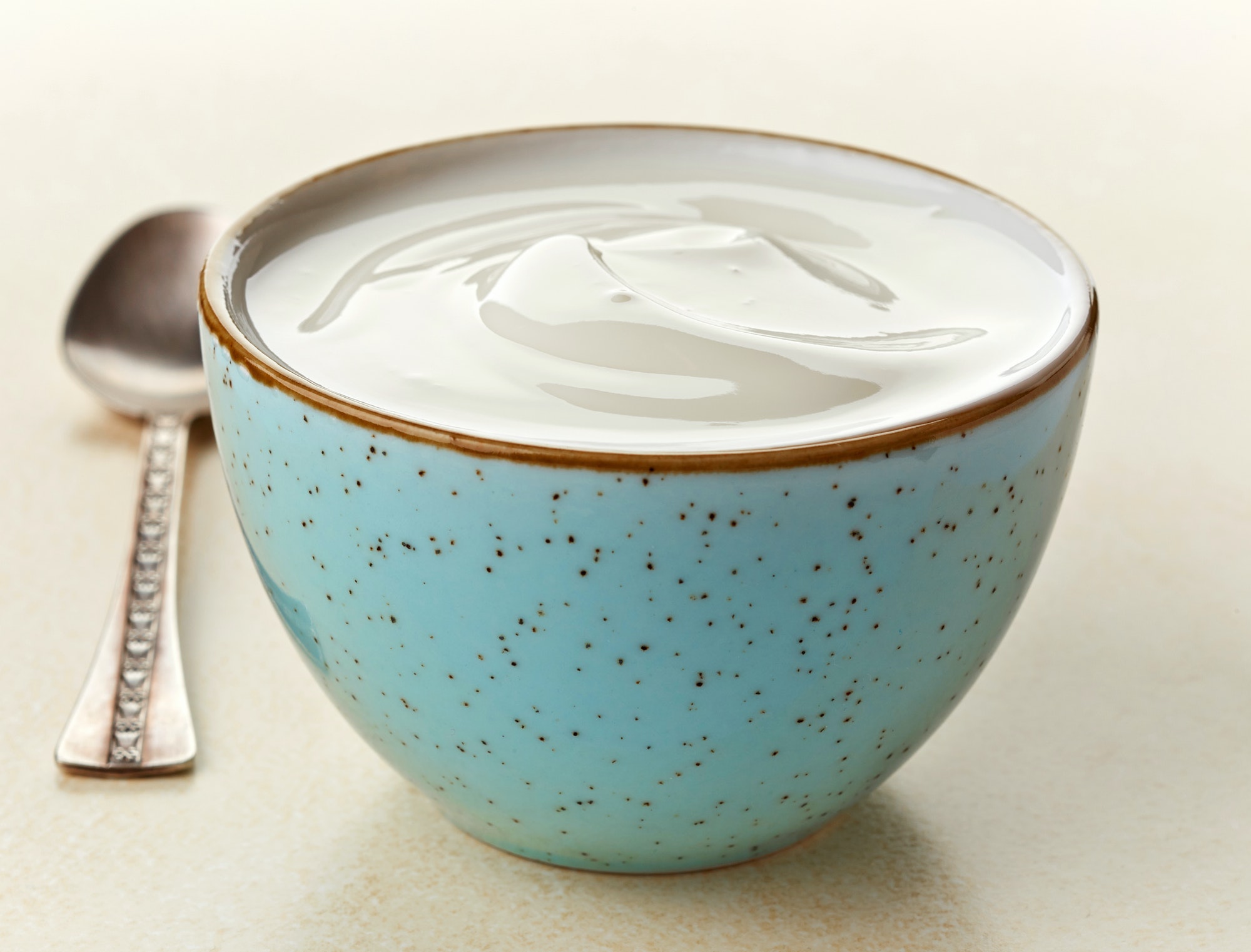
Greek yogurt is a high protein, low-fat alternative to regular yogurts. Not only is it delicious when mixed with fruit but it makes for an excellent breakfast or snack. It’s also versatile because you can mix in cereal or granola for extra crunch or add honey, agave syrup, or cinnamon for sweetness.
Baked Turkey Breast Cutlets
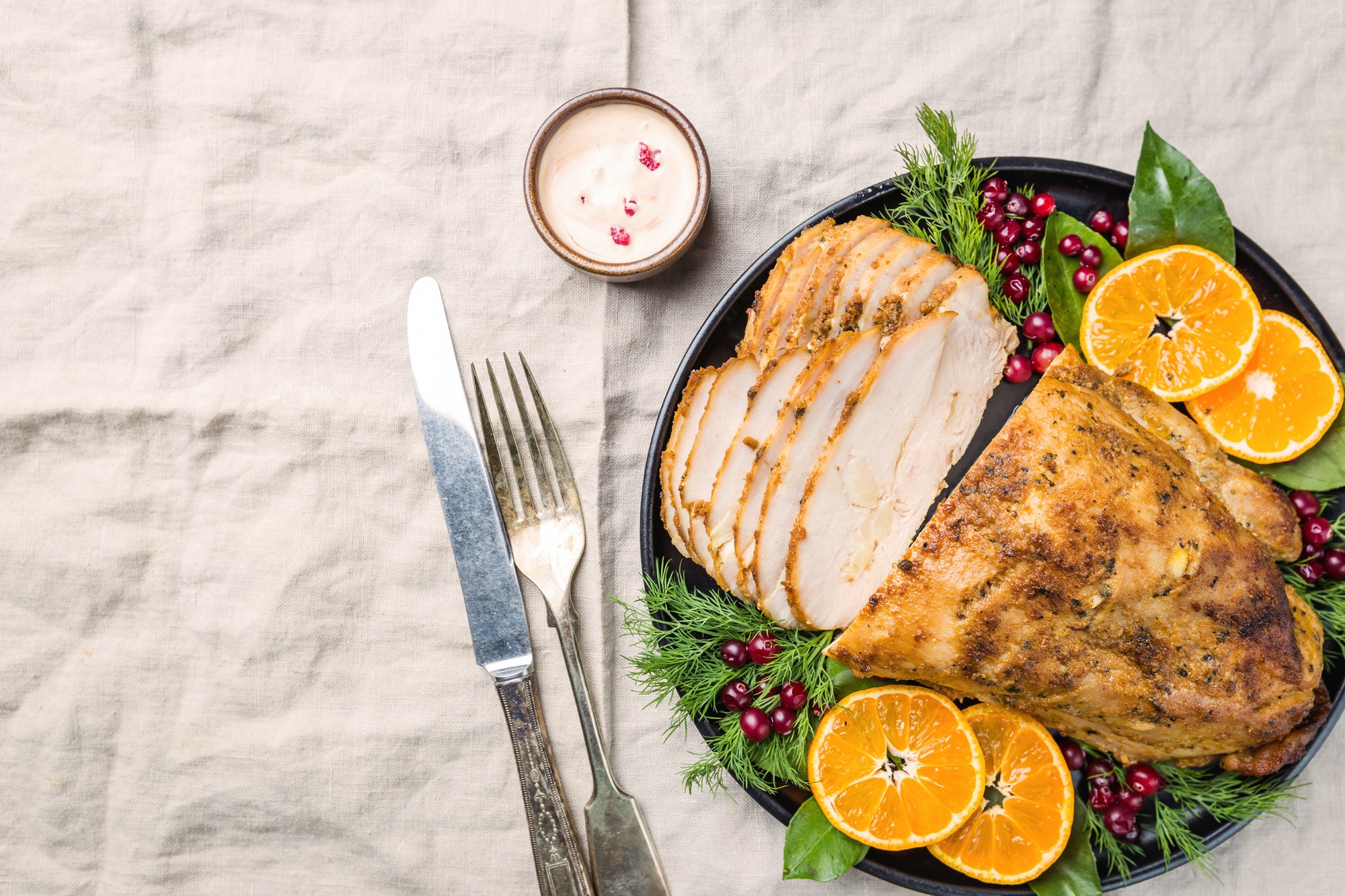
Turkey breast cutlets are better than beef when looking at your health options since they are lower in saturated fat and higher in protein. They are perfectly cut into strips and baked with spices to make “oven-fried” chicken strips that kids will love! You can also roast turkey breasts in the oven if you want to have leftovers. Simply top with salsa, slice thinly, and enjoy on sandwiches.
Egg Whites
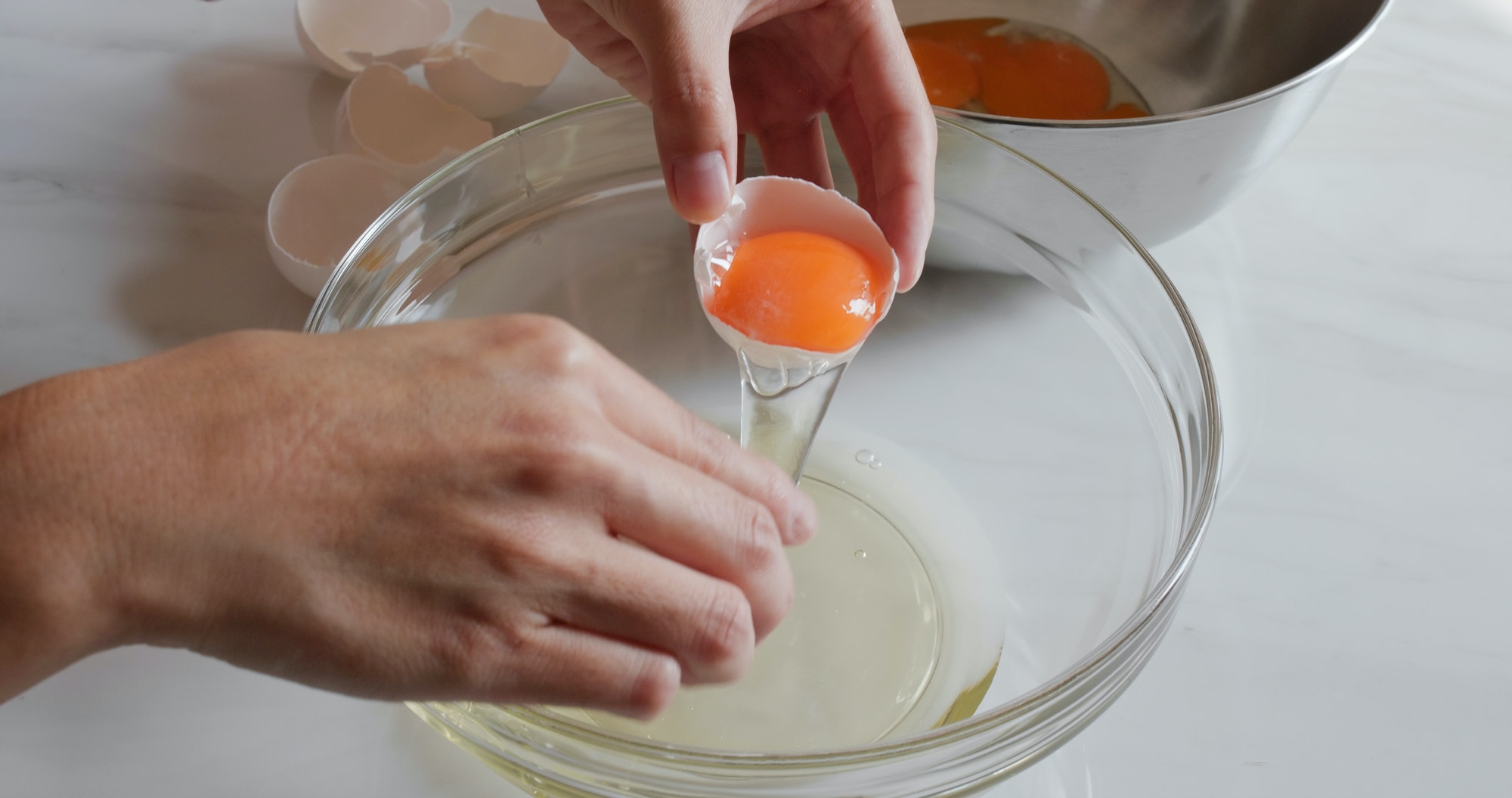
Egg whites are high in protein and low in fat, but also contain healthy vitamins including vitamin A, B12, potassium, riboflavin, choline, selenium, iodine, phosphorus, and zinc. Egg whites can be used alone or combined with whole eggs to make more nutritious omelets.
Tuna Fish
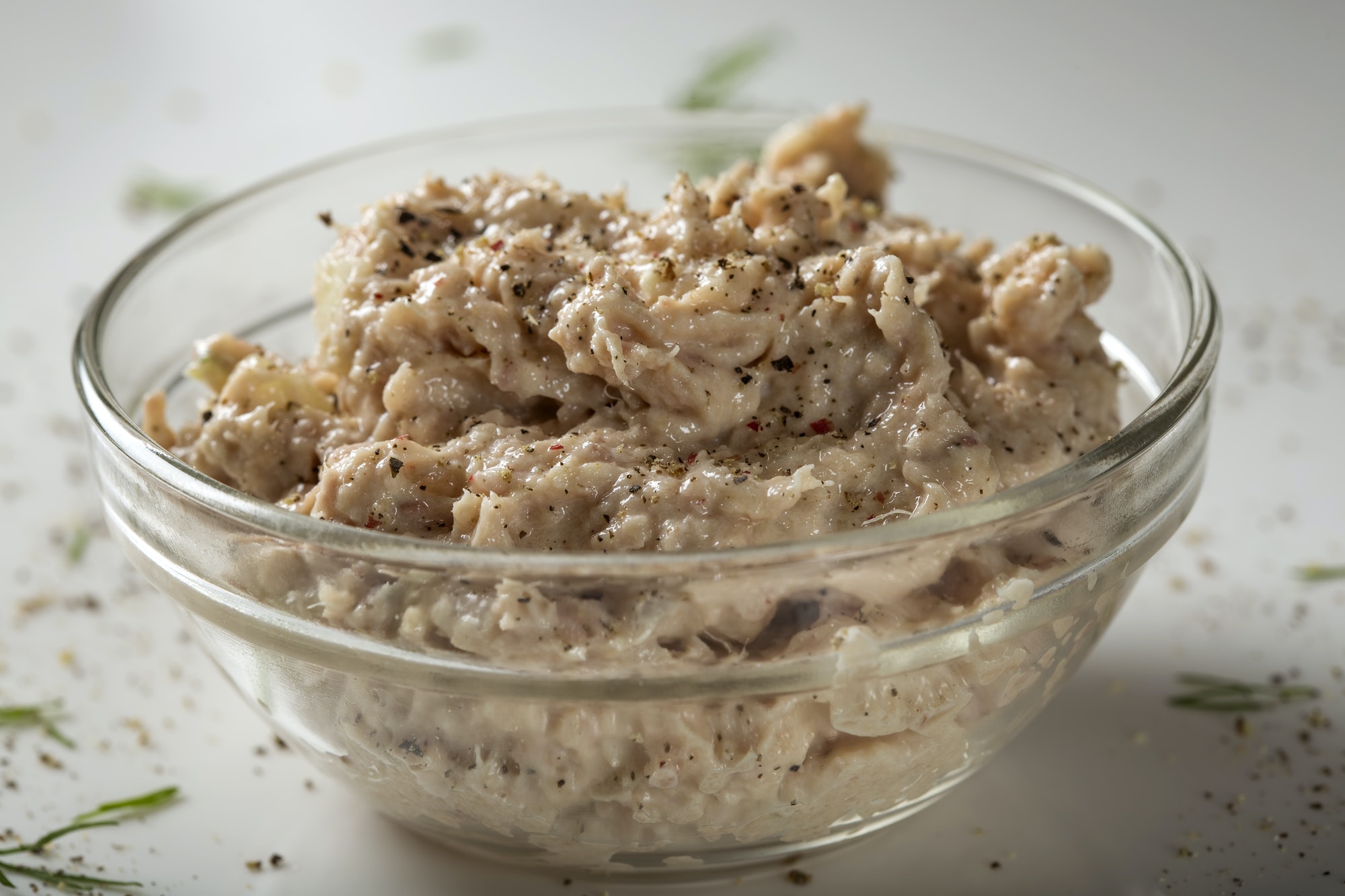
Tuna (regular, not albacore) is an excellent source of protein. It also has omega-3 fatty acids which can reduce cholesterol and help lower the risk of heart disease. Look for the low sodium kind if you are watching your salt intake too! Tuna salad can be made into a sandwich or eaten alone with crackers or veggies for dipping.
Shrimp

Shrimp is delicious if you don’t mind the mess. Shrimp is one of the leanest sources of protein, with only 1-2 grams of fat per serving. Plus, shrimp contain omega-3 fatty acids that help reduce cholesterol. Don’t overcook or else it will have a rubbery texture.
Shrimp also provides about 20% of your daily value for selenium, a mineral that is important for thyroid function and may help reduce cancer risk.
Low-fat cottage cheese
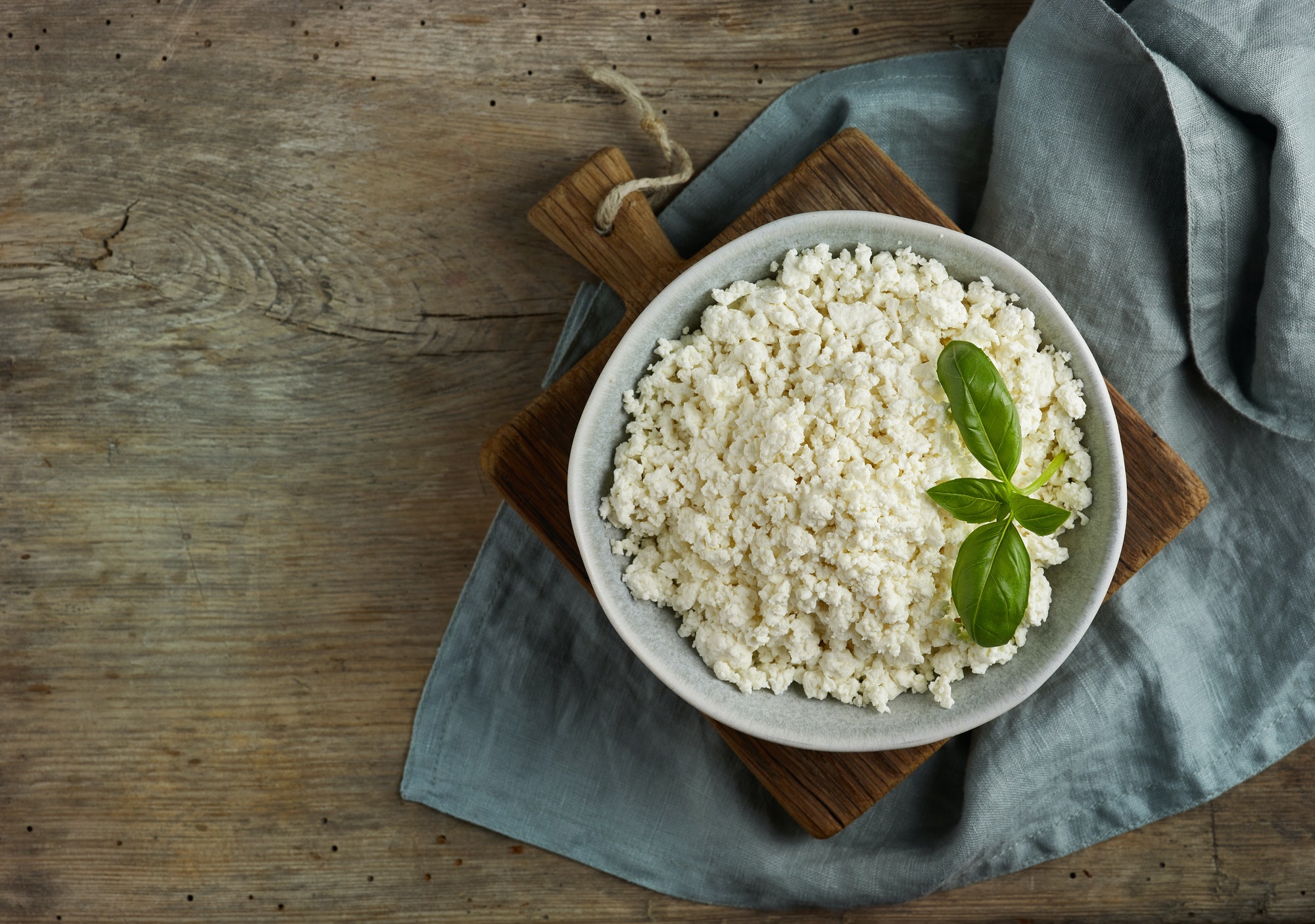
Cottage cheese has the highest amount of protein out of any dairy product (14g/cup). It can be used as a side dish or eaten with a fruit. Make your own version to lessen the fat content by using nonfat milk and low-fat cottage cheese or no salt added.
Whiting Fish
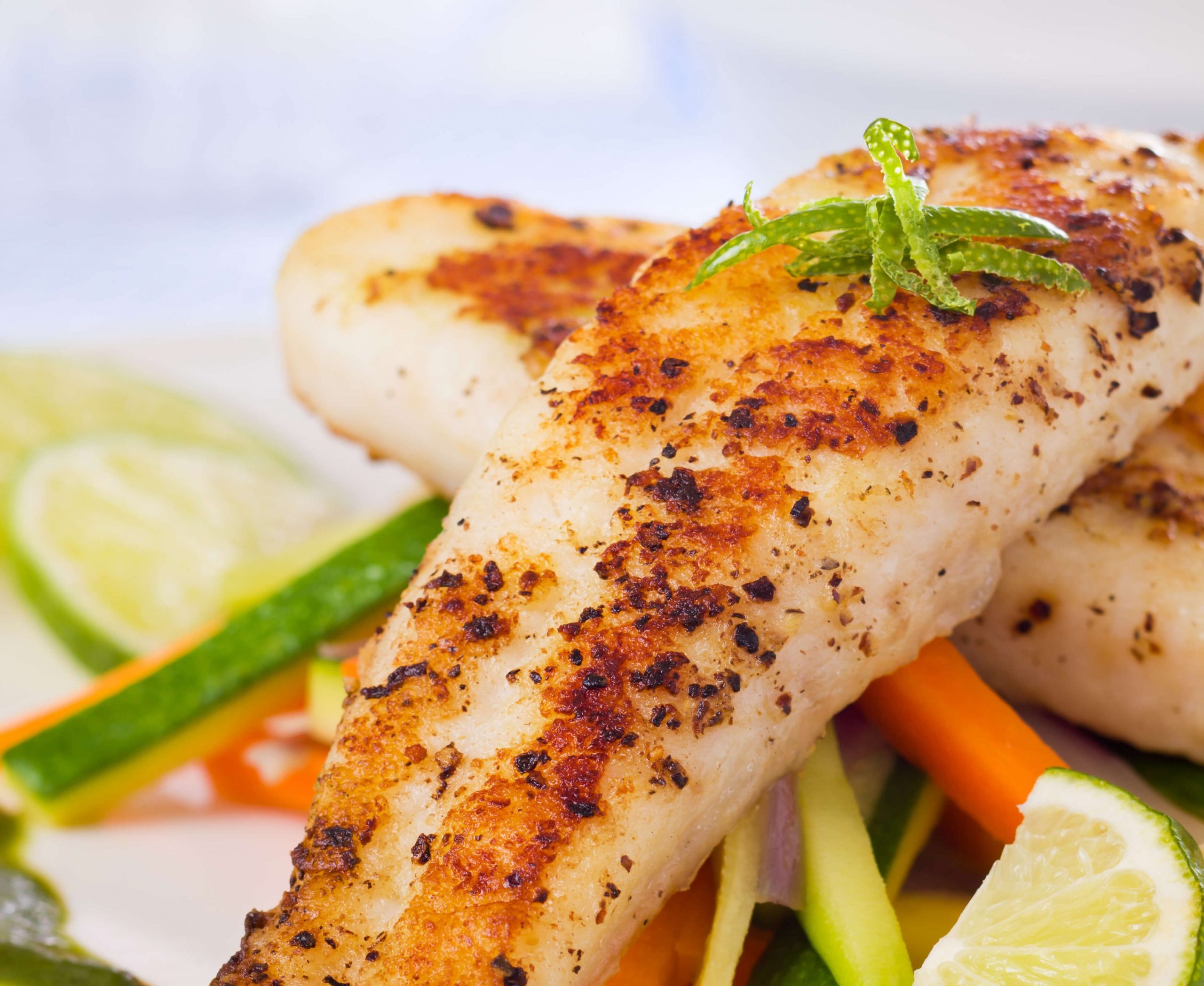
Whiting fish is a great source of protein, containing about 20g per fillet. It tastes similar to tilapia, but it contains fewer calories and fat. Season with lemon pepper seasoning or try some fresh dill for extra flavor. The other benefits of whiting fish are its high levels of selenium, potassium, and magnesium.
Broccoli
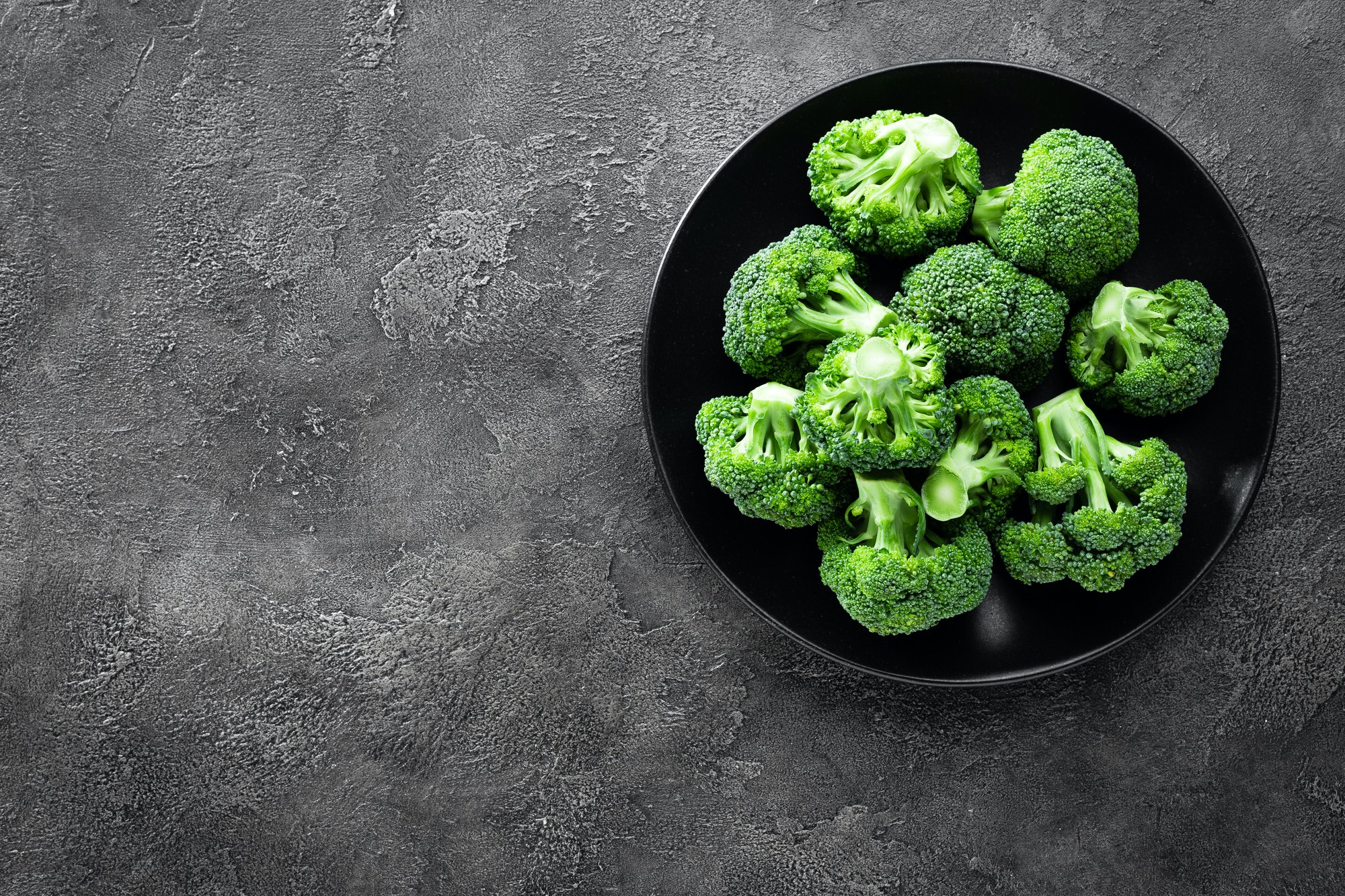
Many vegetables contain great amounts of protein. Broccoli contains about 4g per cup. It can be eaten raw or steamed for best results, but it’s also fine to eat cooked broccoli as long as you don’t overcook it. Look online for recipes that focus on broccoli if you’re not sure what to do with it.
Soba Noodles
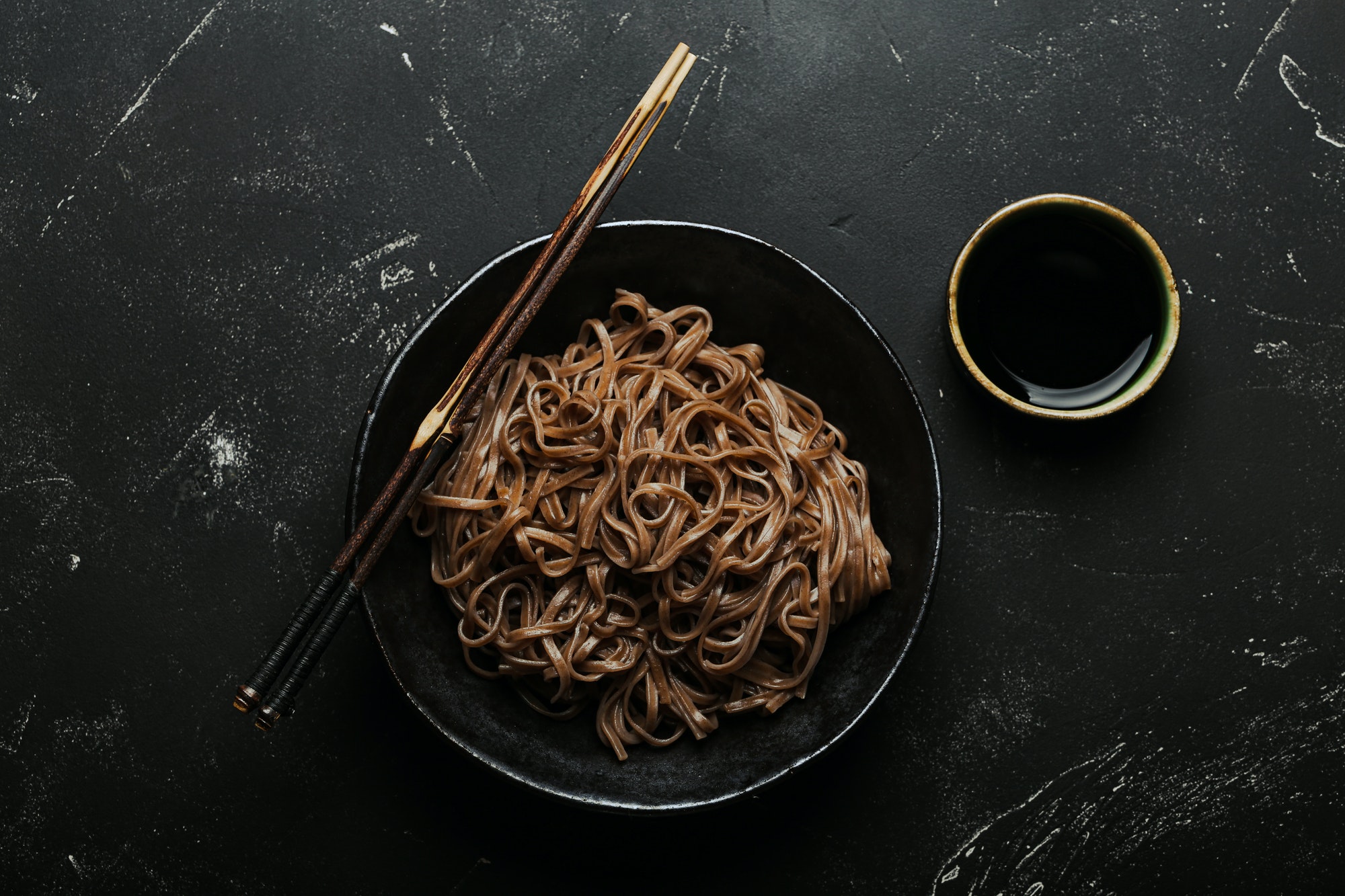
All types of noodles are good sources of protein, including soba noodles (8g/cup). For extra flavor try sauteing your soba noodles in a skillet with garlic and soy sauce along with any other veggies you want to add.
Soba noodles are also good for a gluten-free diet plan.
Spinach
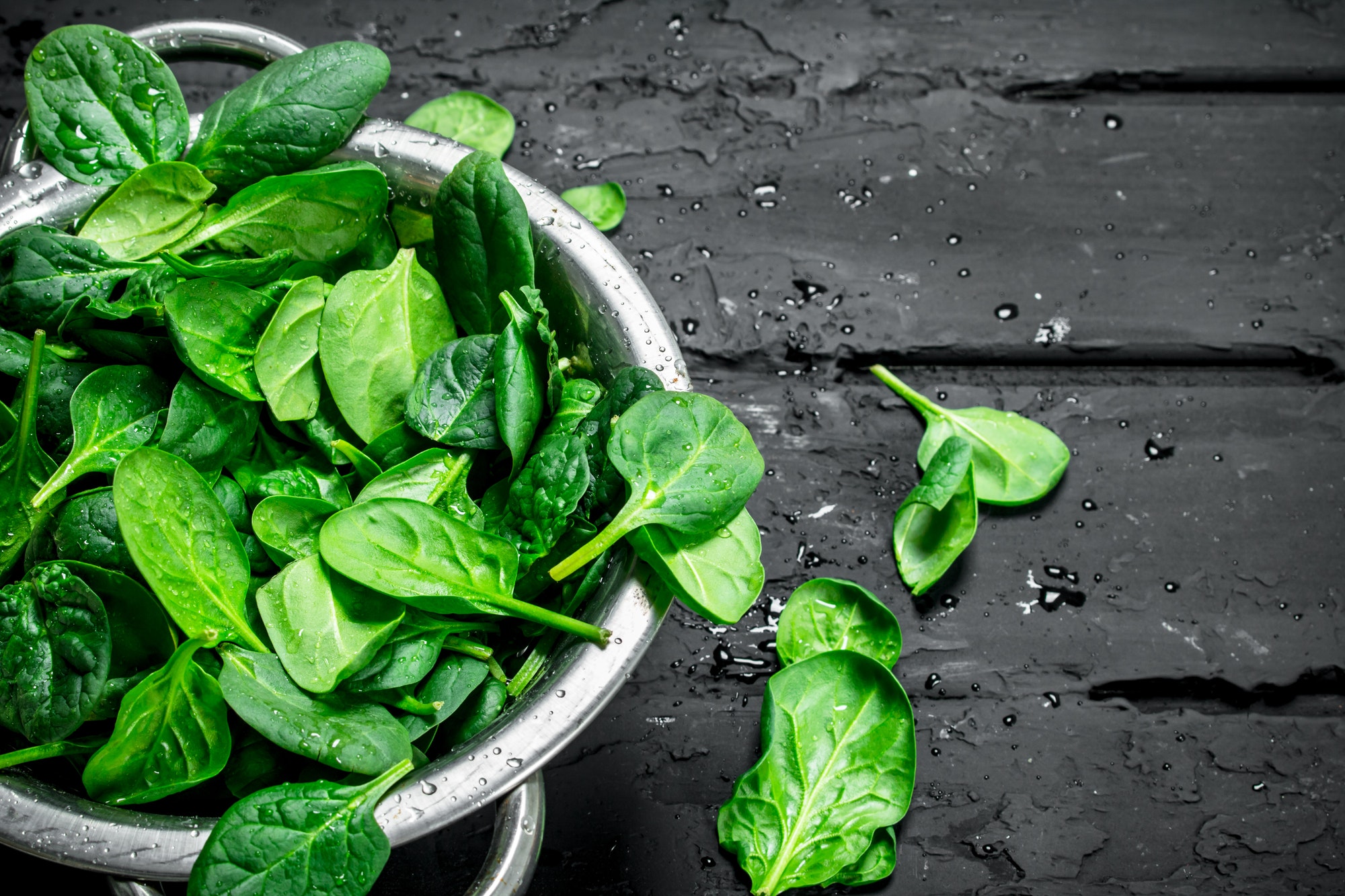
Spinach and other leafy green veggies like kale and collard greens (9g/cup) are also high in protein, iron, and calcium. Kale is often used as a garnish instead of the main dish because it’s common to eat such small amounts at one time.
Spinach can be eaten raw or cooked as long as you don’t overcook it. You can even try wrapping your favorite meat with fresh spinach leaves for extra flavor and texture along with the nutritional boost.
Legumes
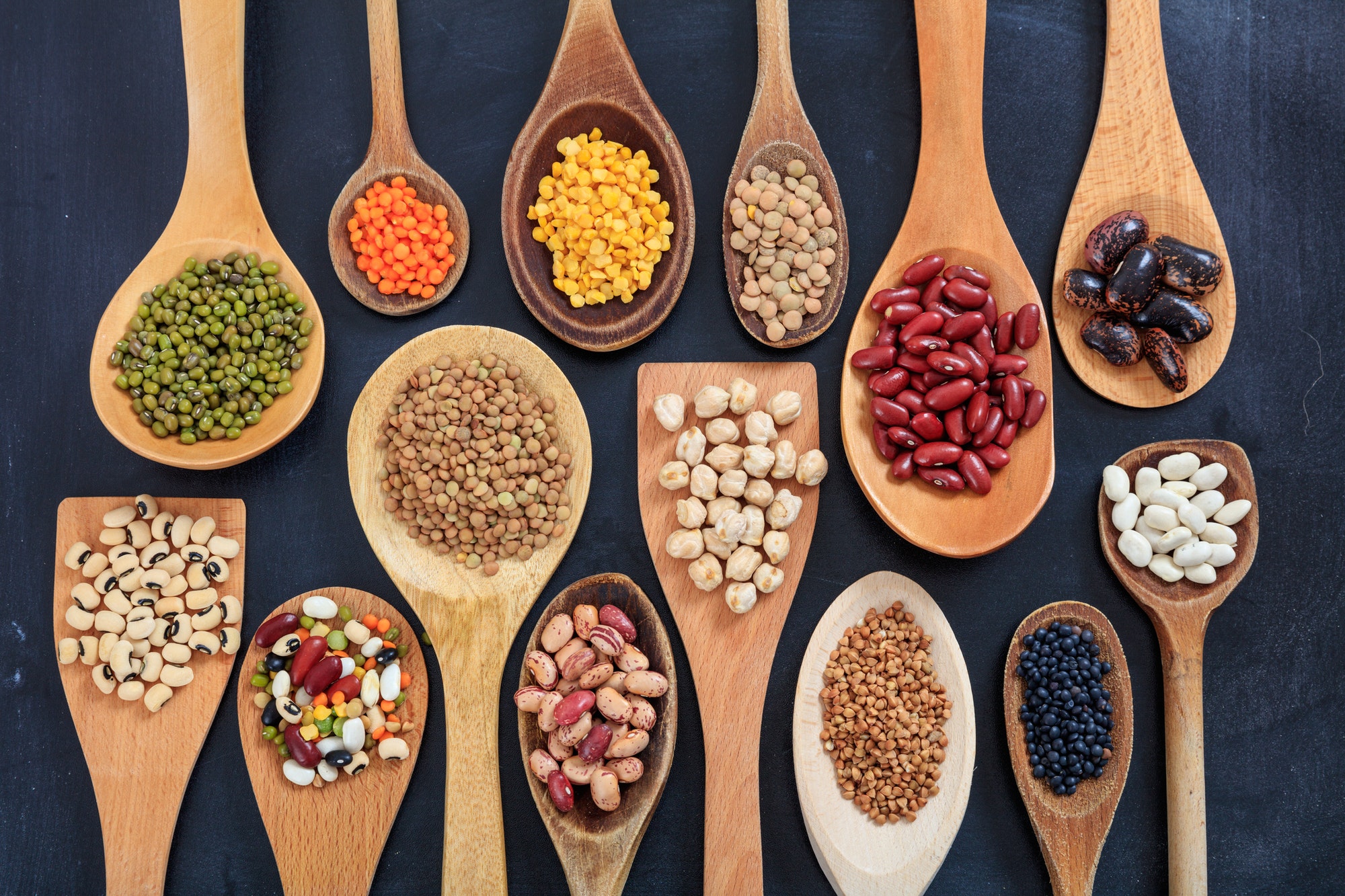
Legumes such as beans and lentils are great sources of protein. They also contain fiber and vitamins to help with damage control when eating high-fat meats such as bacon, sausages, and chicken wings or thighs.
The types of legumes with the highest level of proteins are black beans (15g/cup), lentils (18g/cup), and kidney beans (17g/cup). They tend to be most flavorful when cooked with tomatoes or garlic.
Tofu
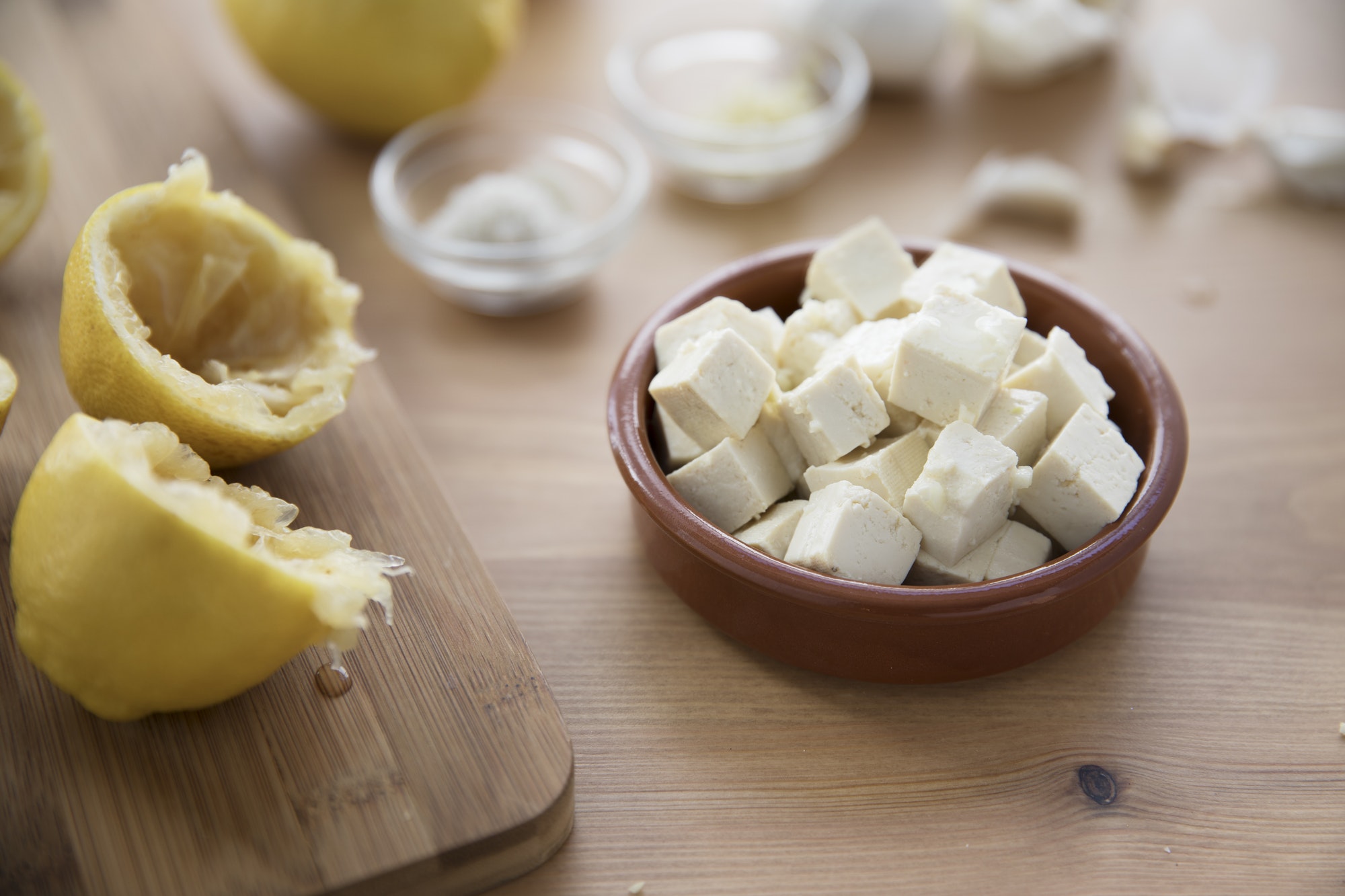
Tofu contains about 8g of protein per ounce. It is a good source of calcium. Try frying it with bell peppers, onions, broccoli, and celery for a tasty meal. You can easily make Tofu by boiling soy milk, stirring in coagulant, and pouring the mixture into a mold.
You can also purchase tofu from the store. Just be sure to avoid pre-flavored tofu, as it may contain unhealthy ingredients such as butter or oil.
Tempeh
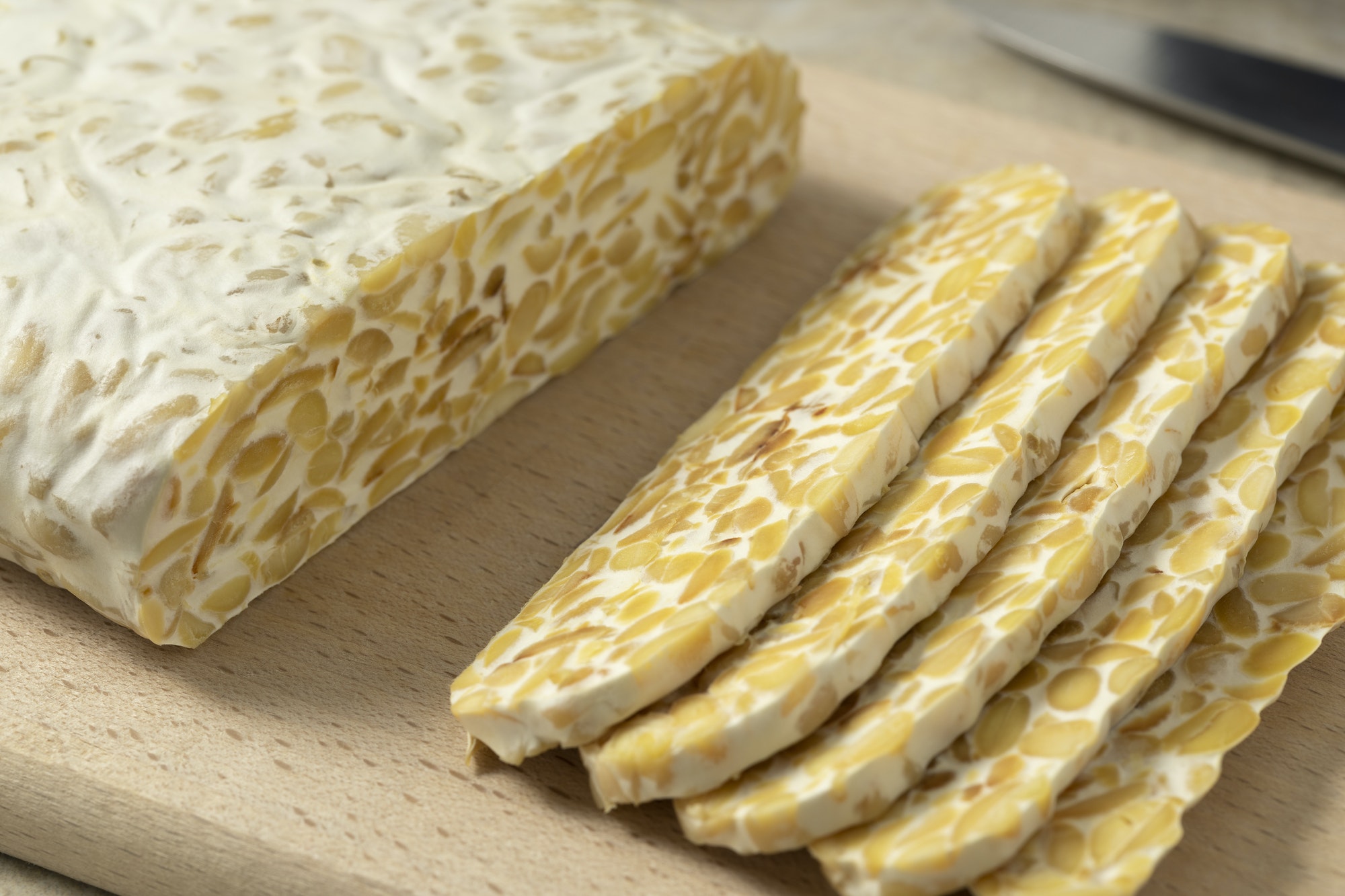
Tem-peh contains 31g of protein in 4 ounces and is also a great source of iron and magnesium. It’s made from fermented soybeans and has more protein than tofu does on its own. This makes it a very good meat substitute. Add some to your next stir fry or sandwich.
Other benefits of tempeh are that it is easier to digest than tofu, has a nutty flavor, and contains many beneficial bacteria for your digestive system.
Guava
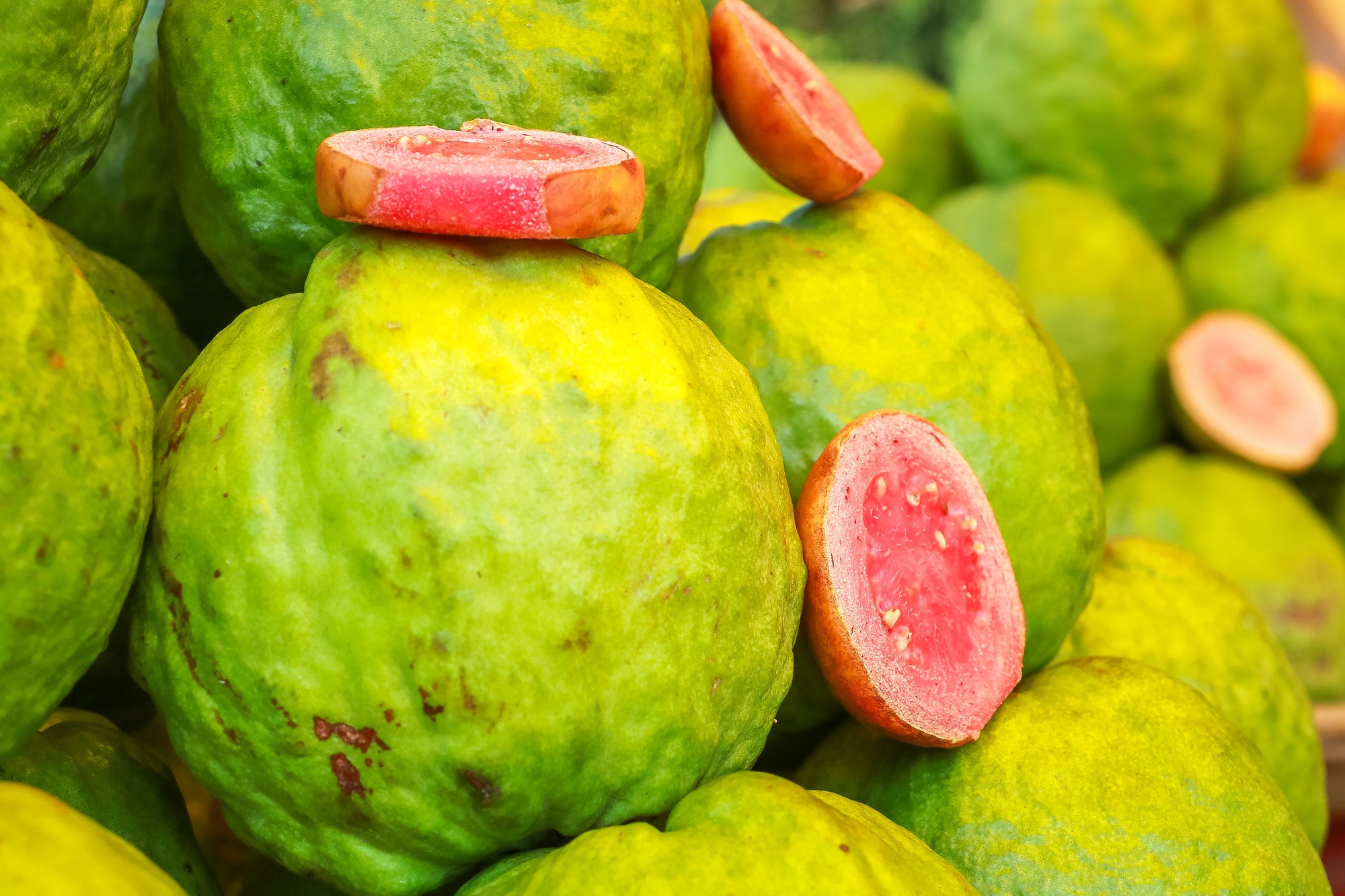
A 6-ounce can of tuna fish contains about 40g of protein. Tuna is also high in magnesium, iron, phosphorus, vitamin B12, selenium, and calcium. Guava is also an excellent source of vitamin C, with about 100mg per fruit. If you’ve never tried guava before, it’s definitely worth a try.
This list of high protein low-fat foods will help you plan your next meal. Whether it is for breakfast, lunch, or dinner, you now have a list of foods that will fit into your dietary needs.
High-protein, low-fat foods can be a fantastic help with weight loss and general health. If you’re looking to lose weight, replace some of your higher fat protein sources with any of these choices.
